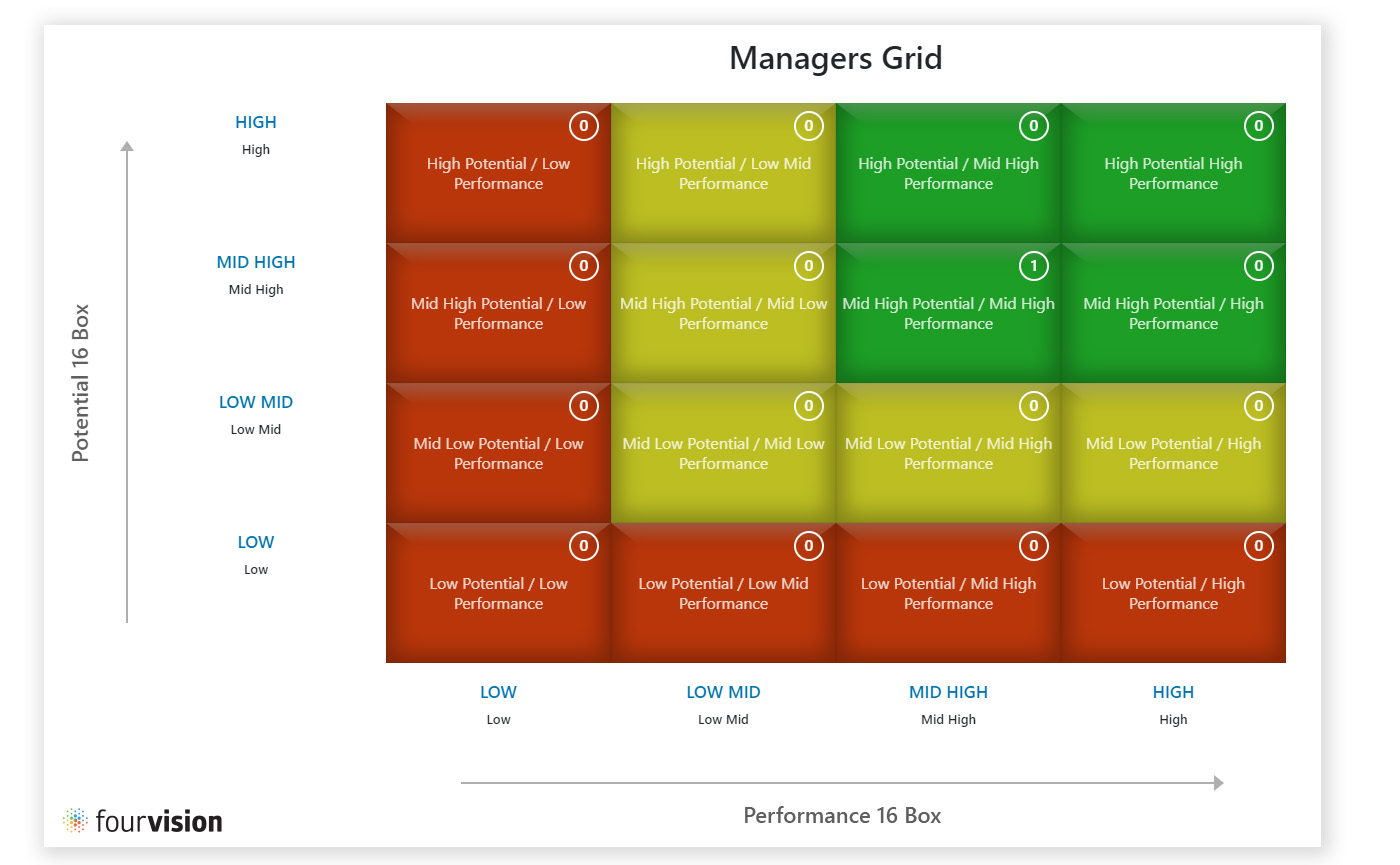How do you keep an overview of where to place which employee? Where will their skills come in best? These are difficult questions to answer but nevertheless questions that keep organizations busy on a daily basis. You want to be able to make the most of the talent your employees have and apply it where needed.
This is where Succession and Workforce Planning come in!
What is Workforce Planning?
Workforce Planning helps organizations create clear overviews of the skills that they need and which employees have them. It allows for an easier and faster response time to changing strategies which, in turn, forecasts the necessity of asset planning and resource planning within the workforce. These forecasts allow your organization to “determine hiring plans based on business growth/decline, capacity, use of outsources, and operational metrics used to measure success for the business.” Ensuring that your organization’s workforce can handle the workload and keep up with demand at any one time.
Not only does this come in handy when your business is growing or shrinking, it can also support you in distributing the workload when one, or more, employees get sick. Whether this is a short-term common cold, a long-term Corona virus infection, or even a workplace accident does not matter for the forecasting. The Planning will help you find out where you need to (re)distribute your workforce so that the workload is spread out among your employees. In addition it will help you recognize gaps in knowledge and skills and identify the right employees to train to close said gaps. In other words, Workforce Planning gives your organization insight into the productiveness of your employees and how this contributes to the success of your organization.
Besides being able to place employees with the right skills exactly where they are needed, it also helps provide overviews of what resources are necessary to respond to changing market or business strategies. Your business processes and needs do not solely rely on your employees as they will need to be provided with the tools and benefits-in-kind to execute their tasks well; things like access to internal portals, a company laptop, phone, or car, etc. If you have to hire new people will you be able to give them what they need?
What is Succession Planning?
First of all, Succession Planning is essential for an organization’s long-term success. At its most basic definition, Succession Planning is “a development process that focuses on training talent to take over leadership positions when current leaders retire, move on to another company or depart for any other reason.”
Essentially, Succession Planning helps you answer the question: who in my organization can grow into a more senior level position should I be faced with an opening?
To do so, you need to know whom of your employees has the necessary skills and performs best. How do you do that? One option is skills mapping based on performance. This in combination with succession is key to finding the right people, with the talent to set your organization up for success. Once you have identified the employees who would be able to rise to a more senior level position, then you do not have to worry if a manager leaves because you have talented employees in your workforce who will be ready to take over.
Succession Planning gives you reports and insight into your workforce. It will identify their skills, their potential for growth and their leadership qualities. In doing so, it will also quickly be able to identify gaps. Acting on those gaps is essential for your organization’s success. At the same time, finding your talent will also give you insight into what a single shift in position will do to the workload of the employees who remain in their current positions. This will save you money and time as you may not have to hire as many new employees as you originally thought. It helps you retain the knowledge as the successor will likely have worked with the employee who is leaving. You will boost your organization’s performance because you can identify any gaps and weak links in your succession chain and act on these quickly.

Workforce Planning vs Succession Planning
To make the most out of both Succession Planning and Workforce Planning you will want to combine the two, as both relate directly to one another. Whereas Workforce Planning helps your organization compare and contrast your workforce’s needs with those of your business processes determined by set objectives and long-term goals, Succession Planning gives you the insight into who has the skills to grow into higher up positions within your company.
Conveniently, we can help you combine the two with our smart software solutions! We offer Succession Planning and Workforce Planning as two separate Web Apps that not only communicate with each other, they can also be seamlessly integrated with Dynamics 365 Human Resources.
About us
FourVision is Microsoft’s global leading Dynamics 365 for Human Resources implementation partner. We have successfully implemented HR platforms in a variety of industries across multiple Microsoft environments for over a decade. FourVision also delivers an impressive suite of Web Apps that extend Microsoft Dynamics 365 Human Resources.




